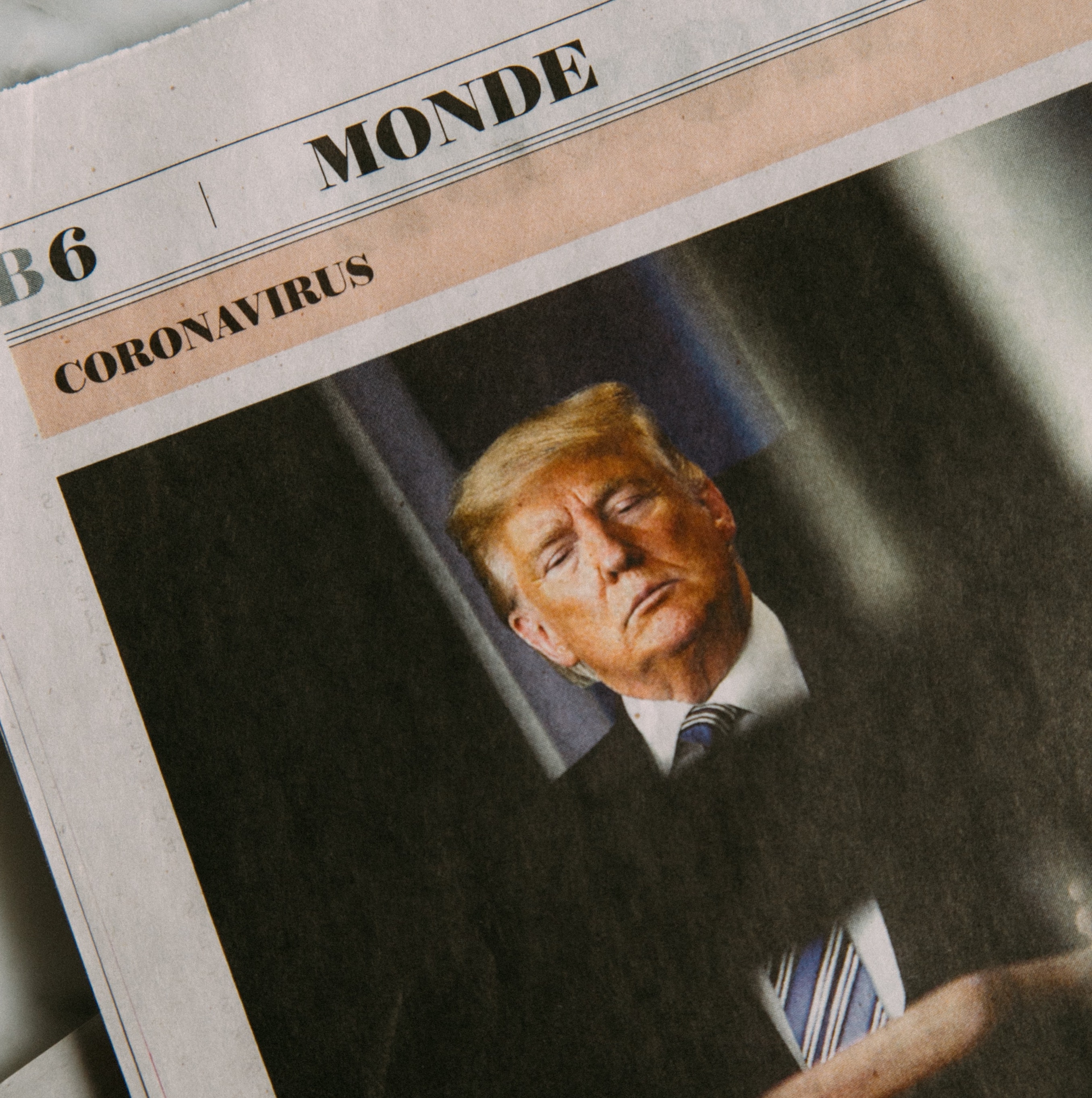Visit
Physiosports Brighton,
429 Nepean Highway, Brighton East,
3187, VIC, Australia
Call
Fax
03 9596 9155
physiosports@physiosports.com.au

Donald Trump’s recent public ‘thought bubble’ referring to the use of UV light and disinfectant to treat Covid-19 got me thinking. Although the treatments in this case are outrageous on all levels, the bottom line is that he appears to be grasping for a magic bullet to ‘fix’ the problem. His previous references to Hydroxyquinolone are similar. It is hard to imagine how the collective world-wide medical wisdom and frantic research into Covid 19 would fail to identify such a simple solution if indeed it were available.
Whilst it is easy to ridicule Trump for his stance on Covid-19, it is probably reflective of the way many of us seek treatment for conditions these days. In ‘mainstream’ sports medicine, the emphasis is on making a diagnosis, addressing any underlying risk factors, getting the symptoms under control and then preventing recurrence. All these things take time, and require a coordinated approach which invariably requires hard work by the patient and careful oversight by a physiotherapist, osteopath chiropractor or other health professional.
Take for example an ACL injury. The decision of whether or not to have a knee reconstruction (which I will discuss another time) is the first hurdle but regardless of whether or not surgery is undertaken, the hard work is still required. At least 6 months of careful, graduated and consistent rehabilitation is required to have any chance of returning to pre-injury activities. The surgery is not the magic bullet. It is one component of the overall recovery.
Another example is tendon injuries (which I will discuss another time). Again, many patients are enticed by the prospect of PRP or stem cell injections to ‘fix’ the problem (and who would not be enticed with the marketing that can accompany many such treatments). However, all the evidence suggests that an injection (of whatever substance) is only likely to result in a small overall difference to recovery, and that a careful, graded and supervised exercise program is what will ultimately allow the tendon to become functional again. The injection is not the magic bullet, and once again, only one part of the overall management.
In our time and financially challenged lives we are all seeking ultimate efficiency. Don’t let the sales pitches get in the way of sound medical advice, even if it is not what you want to hear. The relatively short-term pain of sticking with a comprehensive, evidence based treatment program will far outweigh the pain (figurative and real) of failed recovery and recurrences.